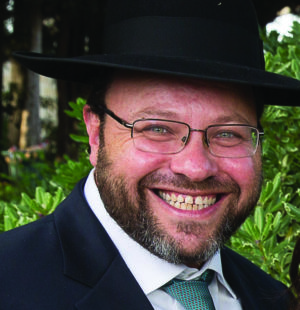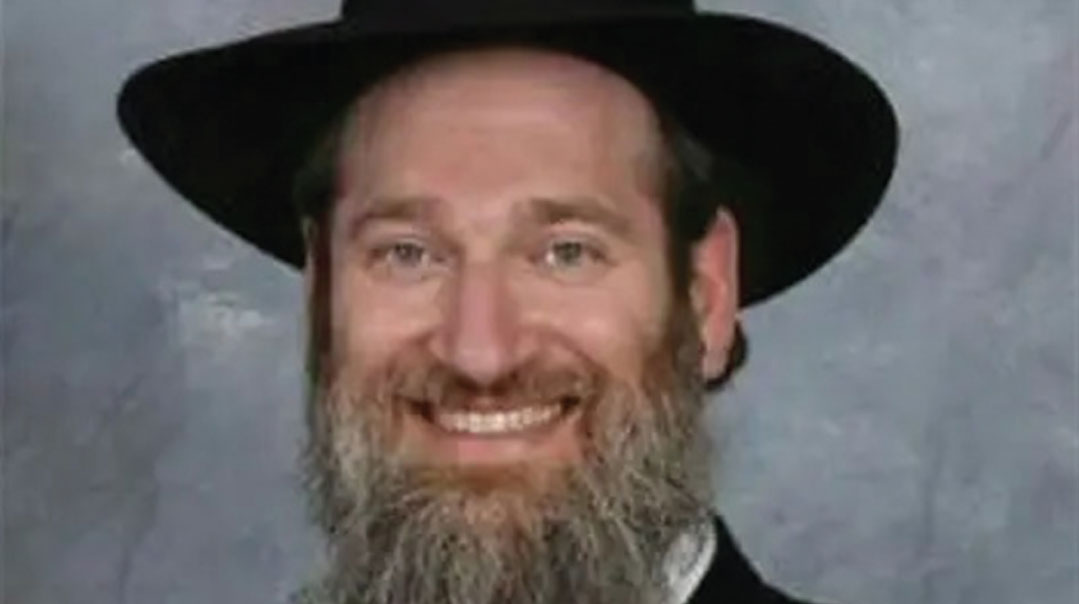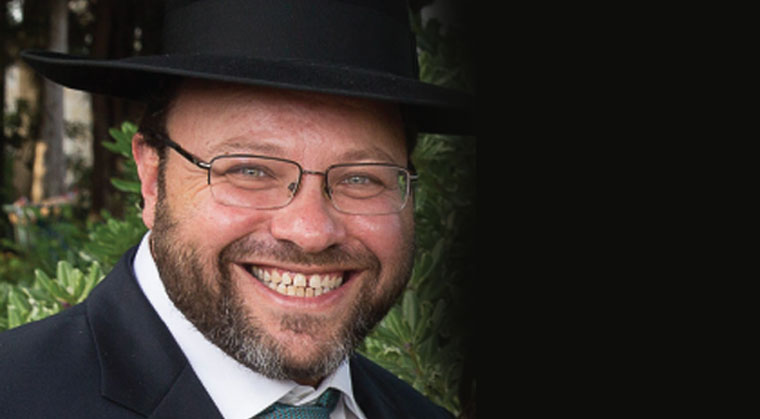A Kaddish Tour


It was five years ago this week when Phil and Martin contacted me. They requested to do a Kaddish tour. The two brothers were here in Israel a few months after their mother’s passing, and they wanted to be able to explore the land their father never merited to see.
For Martin, this was his first time here. Tears streamed down his cheeks as he landed, and they didn’t stop flowing until he headed back. Over the course of the trip we davened in holy places, where they recited Kaddish for their mother. The kevarim of Rabi Shimon bar Yochai in Meron, Rabi Akiva in Teveria, and Mamma Rochel in Beit Lechem. When we finally came to the Kosel, Martin said he felt the presence of his parents looking down upon him.
After we davened, Martin asked me if we could go up to Har Habayis and say Kaddish there. This was not something I can do and I await the day when we will once again be able to go up and kiss that holy ground. But a tour guide can’t just say no. We have to have an alternative.
As a rabbi, as well, I saw Martin’s longing and knew that his holy inspiration had to be channeled; the she’ifos d’kedushah needed to be realized. So I told Martin I would take them to another place — a place I believed to be even more powerful. We got into the car and made our way to Har Nof, where I spent my yeshivah years in Israel studying.
But there were no children playing on the streets. The city was quiet, in mourning and in shock. Police vans and reporters lined the streets. Here my childhood friend, Aryeh Kupinsky, and four other kedoshim had been massacred the day before while davening in tallis and tefillin. As we entered the shul, passing through the front doors ridden with bullet holes, I paused to wipe away tears and told them the following.
“I cannot take you to the place of the Beis Hamikdash. It’s been destroyed, and we’re still in exile. Mashiach is still not here, and we haven’t yet reached the eternal promise of peace, when the wolves will lie down with the sheep and weapons of war will be turned to plowshares. But I can take you to the to the most recent mizbeiach laid before Avinu shebaShamayim, upon which four sacrifices were brought yesterday morning. This is our kodesh hakodoshim today. Here we will say Kaddish and be mekadesh Sheim Shamayim. May these be the last sacrifices He takes from us that were not brought to Him on the Mizbeiach in the Beis Hamikdash.”
I remember Aryeh growing up. His parents lived a few houses down from us. We played ball together. Cops and Robbers. He was always the cop, I preferred to be the robber. I don’t know if there was a day when we weren’t together — either he was at my house, or, more usually, I was at his.
When he told me his parents were moving to Israel, when he was 11 years old, I couldn’t believe it. Who was I going to play with? Who was going to be there for me? But move they did.
The week after his newest brother’s bris, they moved to the brand-new community of Kiryat Arba. They wanted to raise their children with their love and passion for Eretz Yisrael. With a life that was not just full of learning Torah, doing chesed, and praying for the day we would all return home, but to grab the opportunity to be part of that return. To live in that critical strategic area, up the block from the tombs of our Avos and Imahos. My friend Aryeh was a testimony to the success of that plan.
Aryeh lived a life of redifus hachesed. Aryeh had bought a few small freezers for his own family simchah, and then decided to use them as a way of helping others. With some small advertisements in the local newspapers, he publicized his newest gemach — of which he had many. Anyone who needed a freezer to borrow for a family simchahs had only to call him; he would bring it over for them to use for as long as they needed, and pick it up when they were done. He told me that he was so overwhelmed with requests he was looking to buy a few more.
Aryeh was full of love for his fellow man. Each Purim he’d get dressed up as a clown to be the crossing guard for the kids. He was a man of tremendous emunah. When his young daughter passed away in her sleep suddenly, I remember talking to him. I couldn’t stop crying as he comforted me and told me of all the chesed organizations he would open in her memory. How she would continue to live on in the inspiration she left.
He was a talmid chacham who worked in computers to support his family. But if you asked him what he did, his learning was always the way he defined himself. Completing masechta after masechta and always making sure he was doing right, not only in the eyes of Hashem, but in living a life that would bring us together and sanctify Hashem’s name in this world.
That was the korban Hashem took. That was my friend.
How does this happen? How can it be? How does one deal with the never-ending tragedies that take place here? I saw an interesting insight once about Yitzchak Avinu, who was blind in his old age and couldn’t discern between Yaakov and Eisav. The Midrash tells us the blindness came from the tears of the malachim that fell into Yitzchak’s eyes when they saw that emotional scene of Avraham standing over his son with a knife, willing to offer him up in the most powerful of trials of Avraham’s faith.
The tears of angels…
One of my rebbeim once explained that in Shamayim there are no tears. For there, the Divine plan is understood and revealed. It’s all good. For the angels to cry, they had to come down to this world — a world where hester panim reigns, a world of pain and tragedy as mankind struggles to reconnect, through our faith, with our Creator; a world where evil and murder can be chosen as freely as love and kindness.
Only in this world can angels cry. And those tears could even blind Yitzchak from seeing the murderous hatred of his son Eisav. Yitzchak was looking with the eyes of Heaven’s angels, where all is good. Yet here in this world we’re left with our mortal confusion, pain and tragedy in our existence, which knows all too well the hatred of our enemies and the animalistic depravity with which they try to destroy us.
Martin asked me if this is what life in Israel is like. A rough question for many tour guides. In the answer I gave him, straight from my heart, I tried to encapsulate the essence of the Jewish People.
“Yes,” I said. “This is what life in Israel is about. Not a day goes by in this country that we do not feel connected to one another in the most powerful and intimate of ways. Not a day goes by when we aren’t reminded that we’re still in galus and that we must still long and pray for that promised day when the Shechinah will finally return. Not a day goes by that we aren’t forced to turn to our Father and ask Him, ‘When?’ ‘Why?’ ‘How much longer?’ ‘How much more?’
“Many times we connect to one another through happy occasions — through bar mitzvahs at the Kosel, through acts of kindness that we experience, through the sounds of Torah that ring out from the radio and the halls of our shuls and batei medrash, and through the tefillos that are always offered on behalf of one another. On other occasions we are connecting to our Father and to our family in tragedy, in war, in apprehension about our children, our soldiers, our sick. But we’re always connected. That’s what life here is all about. And if you ask me, that’s what the life of a Jew is supposed to be about.”
In other countries, it’s possible to disconnect, or at least to delude oneself that existence as a Jew is possible without Hashem. That what happens to the people living in Eretz Yisrael will not affect one’s day-to-day life. That one can change the channel and escape from the tragedies and intense events transpiring a world away.
Here in Israel there are no other channels. We’re always on prime time. It’s the place where there is always Kaddish, where our lives are that of kedushah, in life and in death.
We’ve had unfortunately many korbanos since Har Nof five years ago. Too many. May Hashem finally bring the day when we merit to bring Him offerings, in our Temple rebuilt, rather than have Him take them from us.
Rabbi Schwartz, a former outreach professional, rosh kollel, and rav in New York, Iowa, Virginia, and Seattle, moved to Eretz Yisrael in 2010, where he is the rav of the Young Israel of Karmiel and a professional tour guide. His column will appear once a month.
Originally featured in Mishpacha, Issue 787.
Oops! We could not locate your form.



